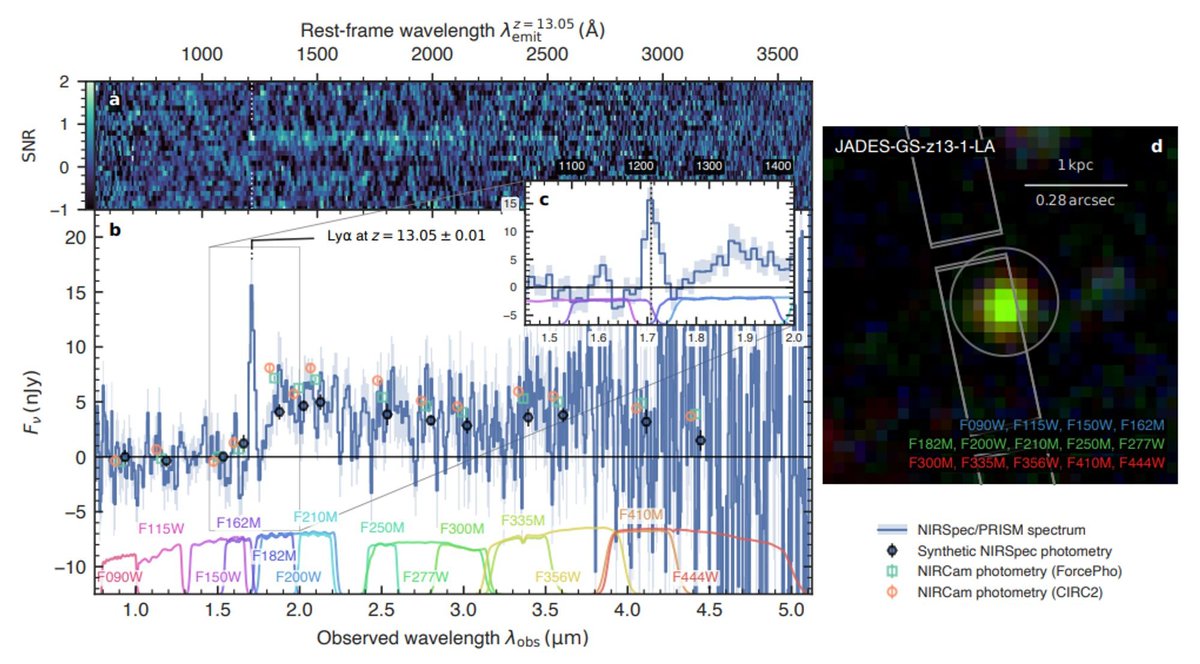
Enthusiastic Astronomer. JWST/NIRCam scientist. (he/him)
youtube: https://t.co/rbEOIPOLBx
How to get URL link on X (Twitter) App


 this spike here, that says "Ly-alpha at z = 13.05 +/- 0.01."
this spike here, that says "Ly-alpha at z = 13.05 +/- 0.01." 

 The first target is the Carina Nebula, an incredible assemblage of gas and young stars 8,500 light years away. This is a site of active star formation, and includes Eta Carinae, one of the most massive stars we know of in our galaxy, 100 - 150 times more massive than the Sun.
The first target is the Carina Nebula, an incredible assemblage of gas and young stars 8,500 light years away. This is a site of active star formation, and includes Eta Carinae, one of the most massive stars we know of in our galaxy, 100 - 150 times more massive than the Sun. 

 2) So, this photograph was taken by the Soviet spacecraft Luna 3, which was launched a month after the Luna 2 spacecraft became the first man-made object to impact on the surface of the Moon. Luna 2 followed Luna 1, the first spacecraft to escape a geosynchronous Earth orbit
2) So, this photograph was taken by the Soviet spacecraft Luna 3, which was launched a month after the Luna 2 spacecraft became the first man-made object to impact on the surface of the Moon. Luna 2 followed Luna 1, the first spacecraft to escape a geosynchronous Earth orbit